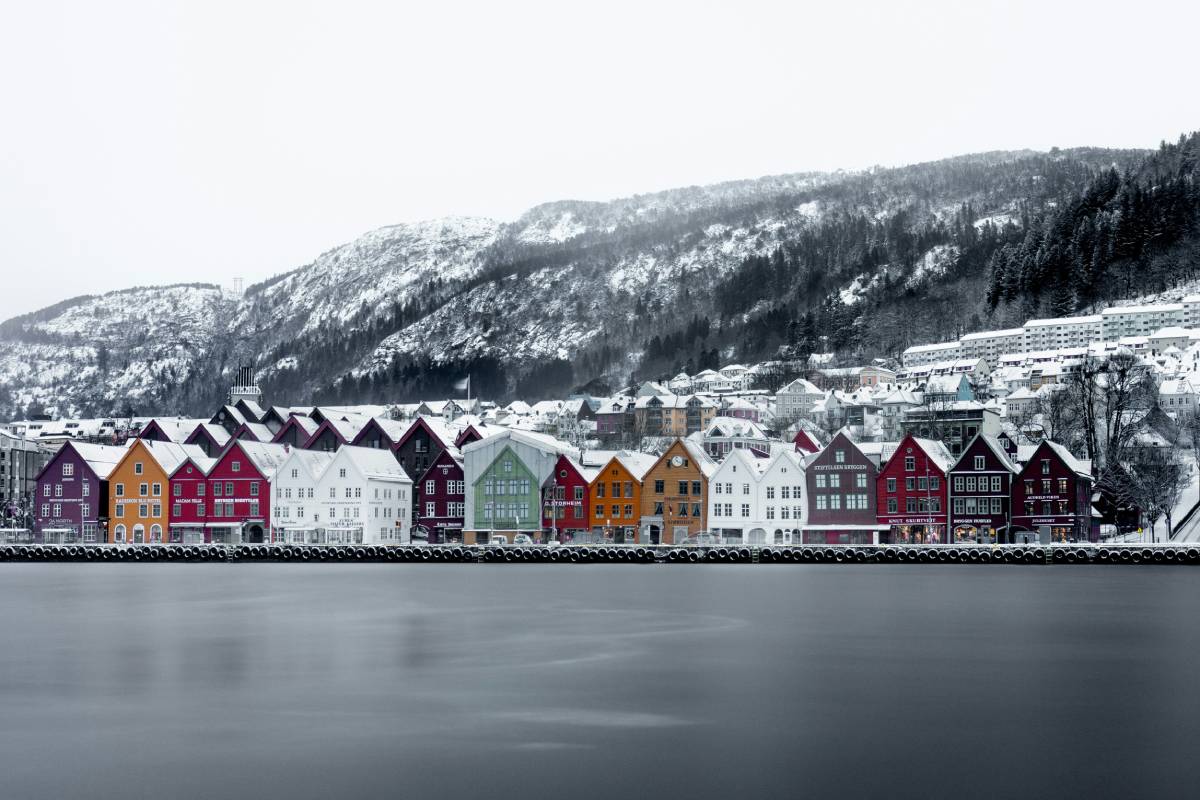Vygruppen is a state-owned Norwegian transport group. On the Vy app you can plan your journey door to door using trains, busses, taxis, metro and boats. In addition to this it will show you nearby scooters and city bikes for hire in the bigger cities.
Currently you can book tickets with Vy and other companies such as Go-Ahead Nordic, SJ Nord and Ruter, as well as several smaller regional public transport companies. More regional companies will be coming to the app soon many you will be able to prebook many more journeys.
Vy is available on the IOS app store and on the Google Play store .
Wherever you live in Norway be sure to download the city or regional specific public transport app. For Trondheim it is AtB. For Oslo, it’s Ruter. In Bergen, it’s Skyss. In Stavanger, it’s Kolumbus. And in Tromsø, its Troms Billet. All are avlaible in English.
Taxis in Norway are a very expensive way to get around. Prices aren’t regulated so tariffs can vary from company to company and between regions. Mivai is a taxi booking apps that gets quotes from nearby taxi companies and allows you to book the cheapest one directly. The app also allows you to rate the journey and driver afterwards.
Mivai is on both the Google Play and the App Store.
Olso is a great city to bike in. Luckily, renting a bike in Oslo is cheap and easy. The Olso City Bike app allows you to rent either a winter bike, with studded tires, between November and April or a regular city bike between April and November.
A season pass costs 499 kroner allowing you unlimited journeys under an hour until the end of November 2021.
READ MORE: ‘Out of this world’: Norwegian beach named ‘best in Europe’
Driving? Then Waze is the way to go. Waze works just as well in Norway as it does everywhere else it is supported. Waze provides directions, live traffic maps, road alerts as well as information on the nearest place to fill up, or to park.
Waze is available on both IOS and Android.
Don’t own a car but need to rent one for a day or two? Car-sharing app Nabobil has a selection of 8000 cars in Norway. In Oslo and Bergen, they have 950 cars with keyless entry. Insurance and breakdown assistance are included.
Nabobil is on both IOS and Android.
Spring has sprung in Norway and soon the ski season will give way to summer hiking trips.
Ut.no is the Norwegian Tourist Associations own app, however it is loved by locals too. The app gives you access to thousands of hiking trips and other outdoor excursions based on your location, giving you the lowdown on the best spots and hidden gems in your area. The app isn’t just for hiking but for, skiing, biking, kayaking and more.
The trips also have a good description of what to expect, colours for difficulty, the length of the trip and how long it should take. You can save your favourite trips and create a to-do list.
UT.no is available on both Google and Apple stores.
In case you run into trouble on your trip it is also worth having the Help 113 app. It shows your exact coordinates for your location in case you need someone to come to your aid. Should you get lost Sports Tracker is always a handy app to have on your phone too. It tracks your route leaving a virtual trail of breadcrumbs which you can follow to get back home.
Help 113 is on IOS and Android.
Sports Tracker is both iPhone and Android friendly too.
It’s always important to check the conditions before heading out in Norway. The weather app used by the majority of Norwegians is YR. The forecasts are for more accurate for Norway than the bog-standard weather applications on your phone. YR offers detailed forecasts wherever you are in Norway.
YR is available on Android and Apple.
Another essential app if you are planning a trip to the mountains or the fjords. Varsom Regobs offers forecasts for landslides, avalanches and floods. If you are driving, then you can also check Varsom to see how much ice is on the roads where you travelling to and from.




 Please whitelist us to continue reading.
Please whitelist us to continue reading.
Member comments